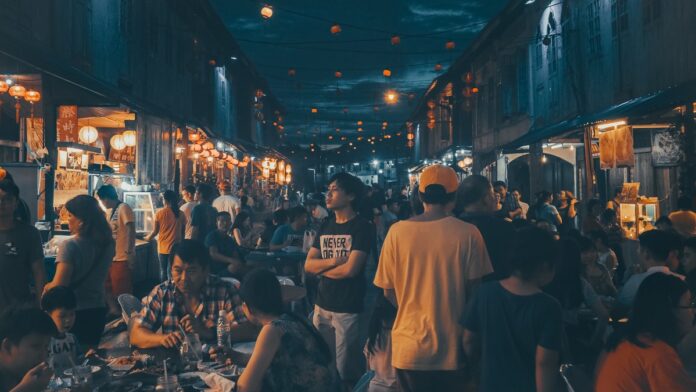Contributed by traveller Kristen, a former airline stewardess who has a background in law, and a lifetime’s worth of experiences having travelled the world. She now works in communication and has found that there’s nothing quite like the written word. And loves every bit of it.
Ahh, beautiful Malaysia – a country known for its diversity of cultures, wholesome community, adventure-filled states and most importantly, a land where ‘food that tastes like home’ is best represented. So it is quite hard to actually narrow it down to the 10 best Malaysian street food or dishes.
Whether you’re just visiting Malaysia or have stayed here your whole life, like myself, you’d quickly come to realize that Malaysia is a proper, bonafide foodie nation. Talk to any Malaysian who is abroad, and the one thing they’ll say that they miss about Malaysia is its food.
READ MORE: Traveller Kristen, a former air stewardess shares her personal pros and cons of the job.
When it comes to local cuisines in Malaysia, it is no surprise that some of the best dishes/food can be found in the most simplest of settings – think back-alleys, or road-side stalls that have been around for decades. And as long as you are up for a gastronomical adventure with an open mind, you’d definitely be in for a treat.
Here is my top 10 best Malaysian street food, in no particular order:
Nasi Lemak – coconut milk rice
Nasi Lemak, which means ‘fatty rice’ in English is Malaysia’s National Dish. It’s food for the soul especially when this fragrant rice dish is made by cooking rice in coconut milk, and later served with fried anchovies, sambal (spicy sauce), slices of cucumber, boiled egg and fried ground nuts. It is then either wrapped using a banana leaf into a pyramid-like shape, making it an easy snack to tote around, or in a plate like a usual rice dish. A sinful plate of this usually costs around RM 2 – RM 5 (approx USD 0.50 to 1.25) but with add-ons like sotong (squid) sambal or chicken rendang, this dish could come up to about RM 20 (USD 4).
Some of the best restaurants for Nasi Lemak include Village Park and Ali, Muthu & Ah Hock Kopitiam. And for vegetarian/vegan options, there’s Sala and The Hungry Tapir.
Satay – meat sticks
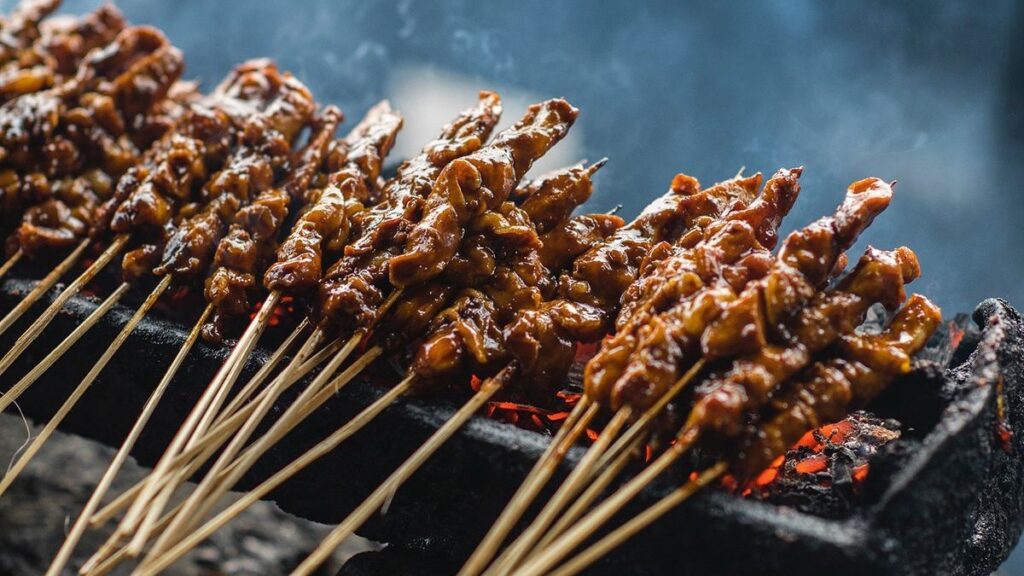
Satay is a popular street food made from seasoned and grilled, skewered meat – usually chicken or beef. The meat is marinated in a distinct blend of lemongrass, turmeric and other local spices and served with some delicious chunky peanut sauce. Sometimes even a dollop of spicy sambal, so you feel the burst of flavour in your mouth when you bite into a piece! Whichever way you choose to enjoy it, it’s juiciness will leave you clamouring for more!
Satay pricing varies, but a good starting point is anywhere between RM 1 to RM 3 (USD 0.25 to 0.75). Some of the very best places for satay are the infamous Satay Kajang and Satay Station Kampung Pandan.
Prawn Mee – prawn noodle
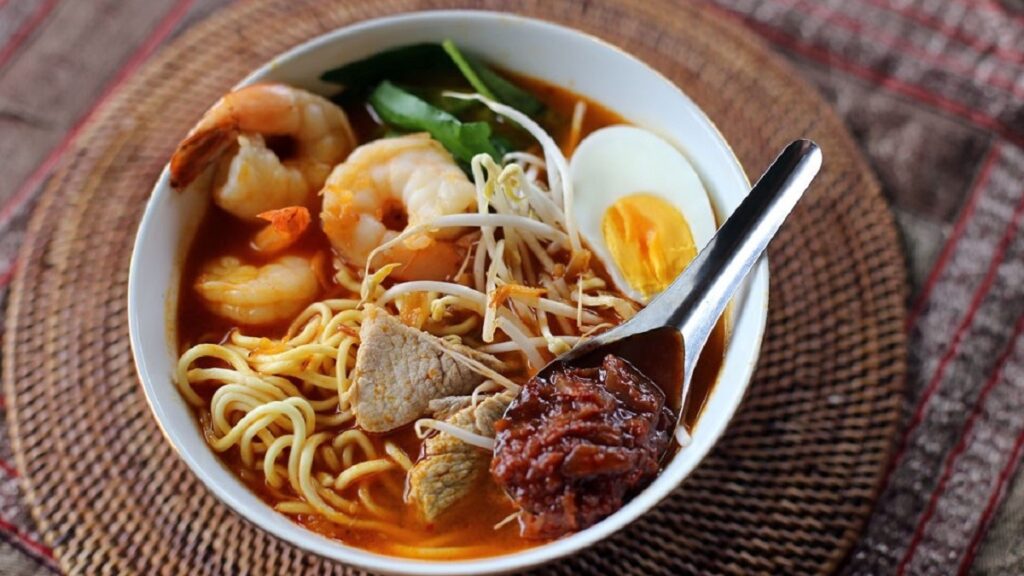
Prawn Mee (also known as Har Meen in Cantonese) is a popular prawn noodle soup found in Penang, Malaysia. Sold by hawkers and street vendors, this noodle soup is popular throughout the day. This dish is a red stained broth gloriously exuding the sweetness of prawns and bringing together a combination of ingredients such as fried onions, tougeh (bean sprouts), kang kung (spinach) and of course, the juicy prawns for a burst of flavors; burning the palates and awakening the senses.
For the most authentic of Prawn Mee’s, Penang holds down the fort for the very best but the varieties in Kuala Lumpur aren’t so bad either. It should set you back a modest RM 15 or USD 4.
Rendang – spicy meat dish
Now this dish deserves all the praise! Known for being rich in spices and slowly cooked to perfection, rendang is a spicy affair and is usually served during Ramadhan feasts – you could sometimes find them in stalls that sell Nasi Lemak too. There are many variants to rendang, and one can opt to cook rendang with other main ingredients such as chicken or mutton, but beef remains as the more popular version of this dish, and can be found in Malay restaurants all around Kuala Lumpur (KL). Oh and if you need more convincing as to how good this dish is, readers of CNN International once voted rendang as the number one dish in the World’s 50 Most Delicious Foods.
Street side rendang usually starts at around RM 18 or USD 4.50 with rice and some vegetables or other curries.
Rojak – fruit and vegetable salad dish
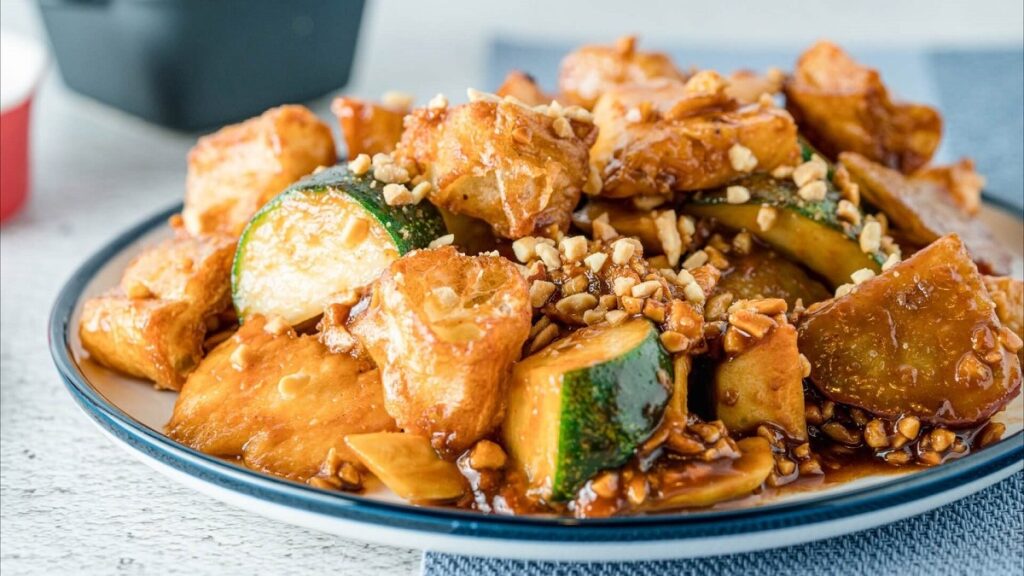
Rojak is a type of salad with a lot of varieties. If you’re at a mamak (roadside) stall, you may opt for a serving of rojak mamak, which would consist of hard boiled eggs, fried dough fritters, bean curd, potatoes, cuttlefish, cucumbers, with spicy peanut sauce on top. Another common version is the fruit rojak, where some of the ingredients are substituted for fruits such as pineapple and jicama, and topped off with a special dressing made of belacan (spicy sauce), chili and lime juice. I like the ones with the crackers broken on top too! In KL, this dish is best found in roadside stalls that sell cendol as well.
You can enjoy an order of Rojak for as little as RM 5 or USD 1.25.
Banana Leaf – dishes served in banana leaves
Banana leaf rice is basically a meal served on a banana leaf and is the traditional method of serving food in South Indian cuisine. Over the years, since the migration of the South Indian people to countries like Malaysia and Singapore, the cuisine has also become part and parcel of Malaysian street food. Typically, in banana leaf meals, we are served white or parboiled rice with curry, called “sambar”, along with a variety of vegetables, pickles and papadom, or crispy flatbread.
The banana leaf acts as a disposable plate and it in itself is not consumed. Meals on the banana leaf are meant to be eaten by hand, as it is said to enhance the entire food experience – in terms of all senses. A banana leaf meal usually costs around RM 7-10 (approx 1.60-2.30 USD), depending on the side dishes you order.
Look for restaurants with the signage “Banana Leaf Rice” and remember that banana leaf meals are primarily served only for lunch.
Nasi Kandar – rice and dishes
Nasi Kandar originated from Penang, where it was originally transported by food-sellers with a “kandar” or a pole held over the shoulder. Such intensive labour is no longer in practice today hence, Nasi Kandar is more commonly found in restaurants throughout Malaysia.
Nasi Kandar is a meal of steamed rice which can be plain or mildly flavored, and served with a variety of curries and side dishes, flooding the dish with food. In some restaurants, you would even be able to find deep fried sotong, fried quail or even daging kicap to choose as a side dish.
The prices have increased over the years with a plate now anywhere between RM 10 to RM 20 (USD 2.50 to USD 5) per serving.
Roti Canai, Roti Planta – all the ‘roti’s
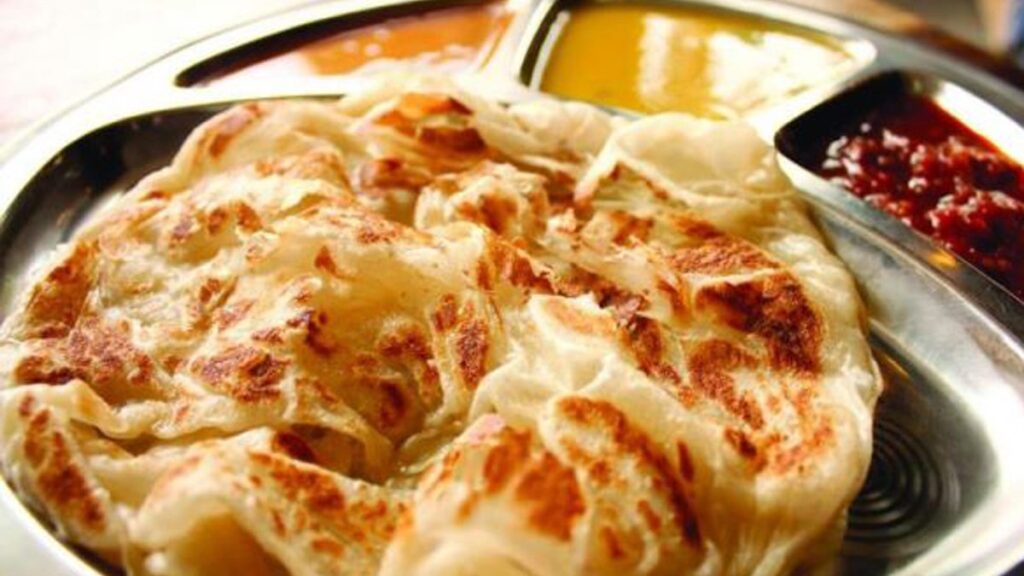
Pronounced as roti “Chanaai”, this dish is said to have been brought to Malaysia by the Mamaks, who arrived in Malaysia years ago. It is basically a flaky, flat bread, traditionally served with dhal (lentil curry) or any other curry, such as chicken or mutton. Over the years, the versatile roti canai has undergone many variations to include a variety of fillings and toppings such as eggs, condensed milk, Nutella, peanut butter and banana, to name a few. You could even ask them for Roti Milo. But my favorite is the Roti Tissue and Roti Telur Bawang.
Just look for a Mamak shop and you will surely find some delicious roti canai! A roti can be a couple of ringgit (USD 0.50) per piece and is a staple of Malaysian street food no matter where you are in the country.
Hokkien Mee – stir-fried noodles
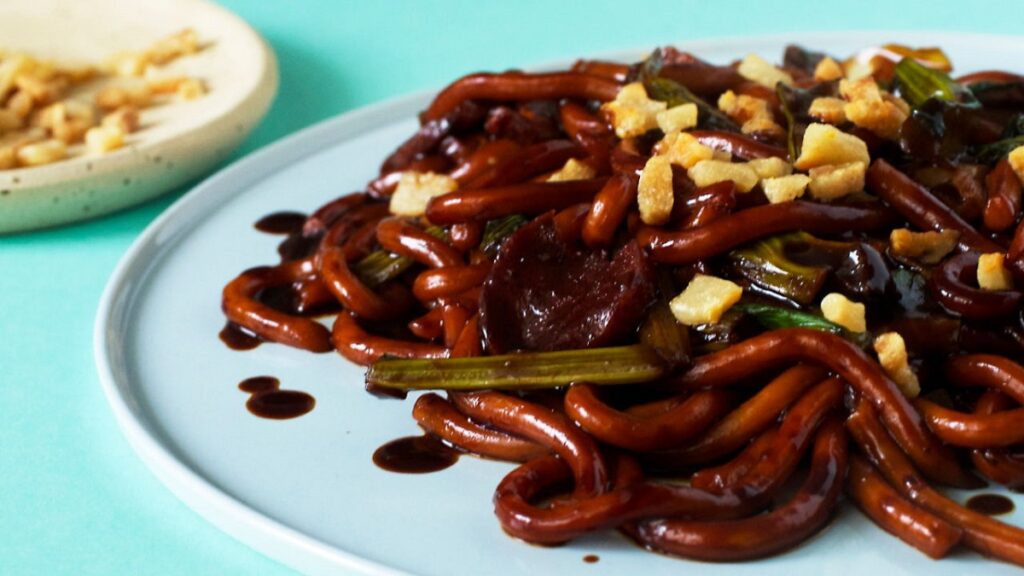
Hokkien mee is a noodle dish that is quite popular in Malaysian street food as well as Singaporean cuisine. This dish originated from Fujian (Hokkien) province, in China. It usually consists of egg or rice noodles that are stir fried with egg, prawns, slices of pork, and squid. Other additions include some vegetables, lard, lime and sambal sauce for added sourness and spice. I also like the Cantonese Fried Noodles, which is a pop of crispy noodles soaked in an eggy sauce, accompanied by vegetables, fish cake, prawns and slices of pork. These two dishes are kind of like the Yin & Yang of noodle dishes and can so easily be found in Chinese restaurants or hawker stalls.
Hokkien Mee started at around RM 12 (USD 3), but can go up depending on where you are in Malaysia and if you add anything else to the dish.
Char Siew Fan – Barbeque pork rice
Char Siew or Char Siu rice is a typical Chinese dish, served with flavourful barbequed pork and rice. Char Siew literally means “fork roast” and it is made with long strips of seasoned, boneless pork, skewered with long forks and placed in a covered oven or over a fire, giving it its intense flavour and colour. You can find stalls selling the best char siew in different parts of Malaysia, especially in the Chinese dominated areas of the country. And if you’re lucky, you’d also be able to find other add-ons like Siew Yok which is a crispy-skinned pork belly slice, and roasted chicken if you prefer it over the pork options. It’s not just the Char Siew that makes this dish stand-out, it’s the aromatic chicken-stocked rice that comes with it too. So simple yet so tasty.

